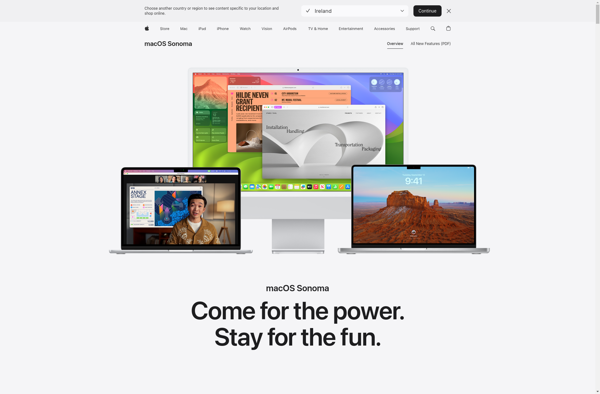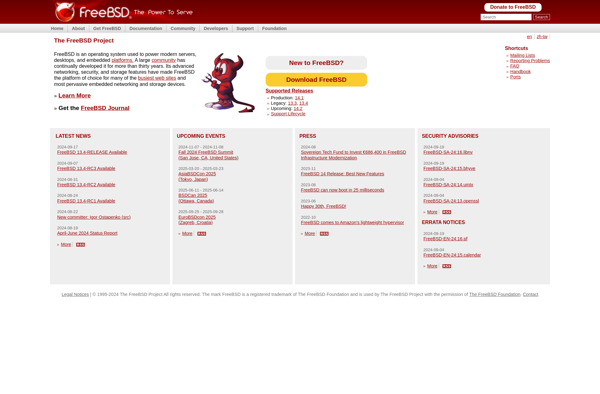Windows 2000

Windows 2000: 32-bit Operating System with Advanced Management Features
Windows 2000 is an operating system developed by Microsoft in 2000 as the successor to Windows NT 4.0. It provided improved stability and brought advancements including Active Directory, Group Policy, disk quota support and other system management features.
What is Windows 2000?
Windows 2000 is an operating system that was developed by Microsoft as part of the Windows NT family of operating systems. It was released in February 2000 as the successor to Windows NT 4.0.
Some key features and improvements in Windows 2000 include:
- Increased stability and reliability over Windows NT 4.0
- Support for Plug and Play and power management for mobile devices
- Active Directory - an LDAP-compatible directory service for managing users, systems, and resources on a network
- Group Policy - centralized management and configuration of user desktop environments
- Disk Quotas - for limiting disk space usage on shared volumes
- Encrypting File System (EFS) - for securing files and folders
- Improved networking stack for better performance and security
Windows 2000 came in Professional, Server, and Advanced Server editions. It was well-received in the business market for its stability and management capabilities. Mainstream support ended in 2005. It was eventually succeeded by Windows XP Professional and Windows Server 2003.
Windows 2000 Features
Features
- Active Directory - centralized user/group management
- Group Policy - centralized configuration management
- NTFS 3.0 - improved file system with disk quotas
- Plug and Play and power management improvements
- Internet Explorer 5.0 web browser included
- Windows Driver Model for improved device driver stability
- Improved networking and wireless support
- Kerberos and LDAP security protocols
Pricing
- One-time Purchase
Pros
Cons
Official Links
Reviews & Ratings
Login to ReviewThe Best Windows 2000 Alternatives
Top Os & Utilities and Operating Systems and other similar apps like Windows 2000
Here are some alternatives to Windows 2000:
Suggest an alternative ❐Ubuntu

MacOS

Linux Mint

ReactOS

Debian

Fedora

FreeBSD

OpenSUSE

Red Hat Enterprise Linux

Kubuntu

Gentoo

Xubuntu
